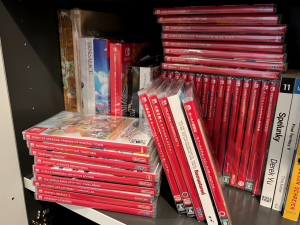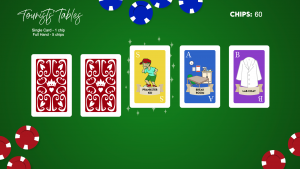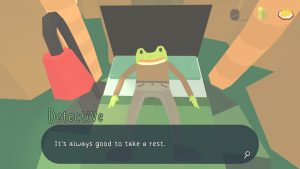Sure, I didn’t finish many games in 2021, though this year should be different. My backlog is, as usual, jam-packed, and end-of-year sales and gifts added quite a bit to it these past few months. My backlog is so large now that I have mini backlogs for individual series, never mind platforms. I’ve managed to whittle down the unplayed MegaTens to three (six if Persona spinoffs are included), and Dragon Quest games are at four now that I’ve slogged through Dragon Quest VII on 3DS. Disgaea is also at four, including a remake of the first game, which is one of my favorite RPGs of all time, and a co-op centric replay of most of the Halo series, this time via The Master Chief Collection, is in the cards.

The other JRPG, stared a couple of days before Celceta, is Touhou Gensou Wanderer Reloaded, a Mystery Dungeon clone set in the Touhou world of Gensokyo. It’s a solid rougelike with some nice tweaks to the formula, such as the ability to keep all of your items, including enhanced weapons, after being wiped out in a dungeon. This makes future runs a bit less painful, provided you don’t lose (or accidentally sell) your best gear. TGWR does assume familiarity with Gensokyo and its residents. (Despite the title, it’s the third in the Touhou Gensou Wanderer series, so it’s possible that some of the past events alluded to are from those previous two games.) I actually started Touhou Fuujinroku: Mountain of Faith, the last mainline Touhou game in my backlog, shortly after starting TGWR because I was curious about certain new-to-me characters. Both games are fun, though Mountain of Faith is harder than I expected, so I don’t know if I’ll ever beat it. As for TGWR, I’ve already finished the main campaign, but haven’t marked it as “beaten” since there’s so much left to do.
I want to start another game soon, preferably something short I can get through in one or two days. There’s a lot of those types of games in my backlog, but I tend to put off the narrative-heavy ones depending on how I’m feeling at the time. Seeing as how I was suffering regular bouts of insomnia for awhile, and still do on occasion, some of these games have gone unplayed for years. For the first one, perhaps I’ll finally finish my run through the Tale of Tales catalog and play Sunset.
Hopefully I can get through many of those shorter games before the year’s out. JRPGs as well; I have a lot of them sitting around unopened, and am aiming to finish at least five of them this year, and ideally, more like twelve. Anyway, that’s the plan. Good luck to everyone else tackling their backlogs in 2022!

